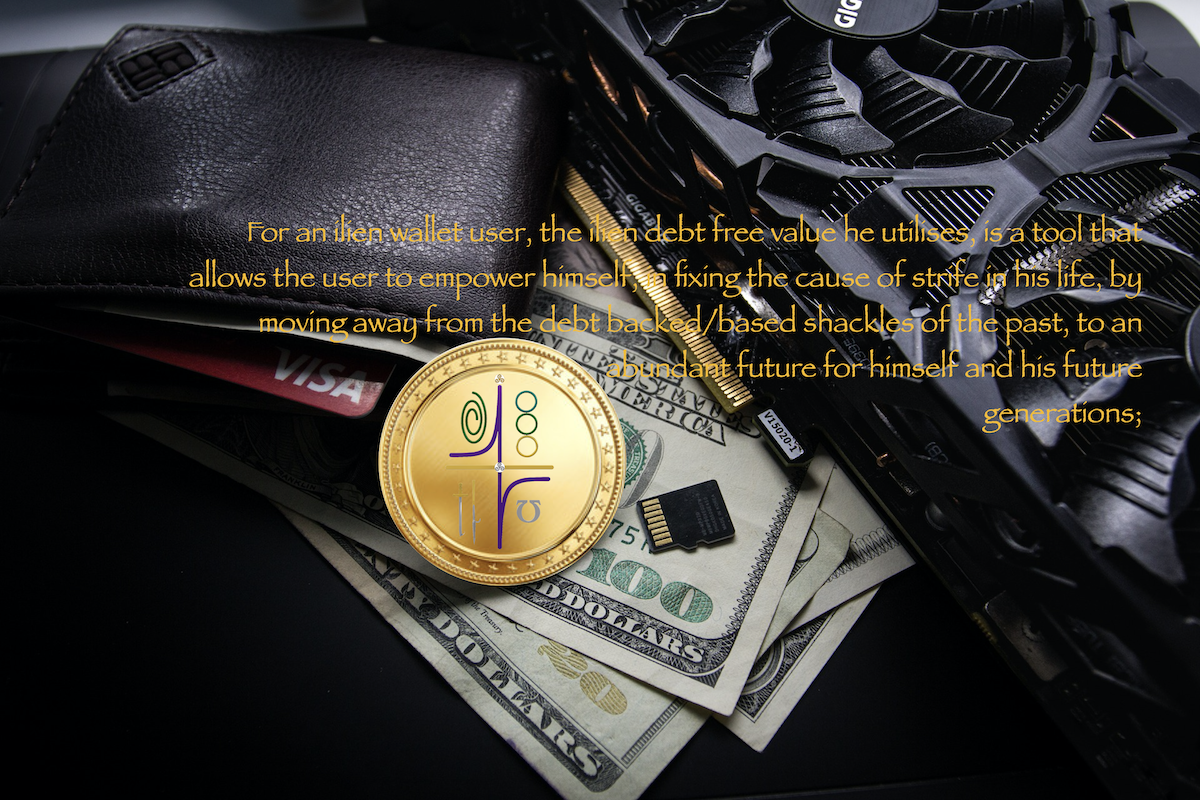Uniswap leaves behind the traditional architecture of digital exchange in that it has no order book. It works with a design called Constant Product Market Maker, which is a variant of a model called Automated Market Maker (AMM).
Automated market makers are smart contracts that hold liquidity reserves (or liquidity pools) that traders can trade against. These reserves are funded by liquidity providers. Anyone can be a liquidity provider who deposits an equivalent value of two tokens in the pool. In return, traders pay a fee to the pool that is then distributed to liquidity providers according to their share of the pool. Let’s dive into how this works in more detail.
Liquidity providers create a market by depositing an equivalent value of two tokens. These can either be ETH and an ERC-20 token or two ERC-20 tokens. These pools are commonly made up of stablecoins such as DAI, USDC, or USDT, but this isn’t a requirement. In return, liquidity providers get “liquidity tokens,” which represent their share of the entire liquidity pool. These liquidity tokens can be redeemed for the share they represent in the pool.
So, let’s consider the ETH/USDT liquidity pool. We’ll call the ETH portion of the pool x and the USDT portion y. Uniswap takes these two quantities and multiplies them to calculate the total liquidity in the pool. Let’s call this k. The core idea behind Uniswap is that k must remain constant, meaning the total liquidity in the pool is constant. So, the formula for total liquidity in the pool is:
x * y = kSo, what happens when someone wants to make a trade?
Let’s say Alice buys 1 ETH for 300 USDT using the ETH/USDT liquidity pool. By doing that, she increases the USDT portion of the pool and decreases the ETH portion of the pool. This effectively means that the price of ETH goes up. Why? There is less ETH in the pool after the transaction, and we know that the total liquidity (k) must remain constant. This mechanism is what determines the pricing. Ultimately, the price paid for this ETH is based on how much a given trade shifts the ratio between x and y.
It’s worth noting that this model does not scale linearly. In effect, the larger the order is, the more it shifts the balance between x and y. This means that larger orders become exponentially more expensive compared to smaller orders, leading to larger and larger amounts of slippage. It also means that the larger a liquidity pool is, the easier it is to process large orders. Why? In that case, the shift between x and y is smaller.
https://academy.binance.com/en/articles/what-is-uniswap-and-how-does-it-work

